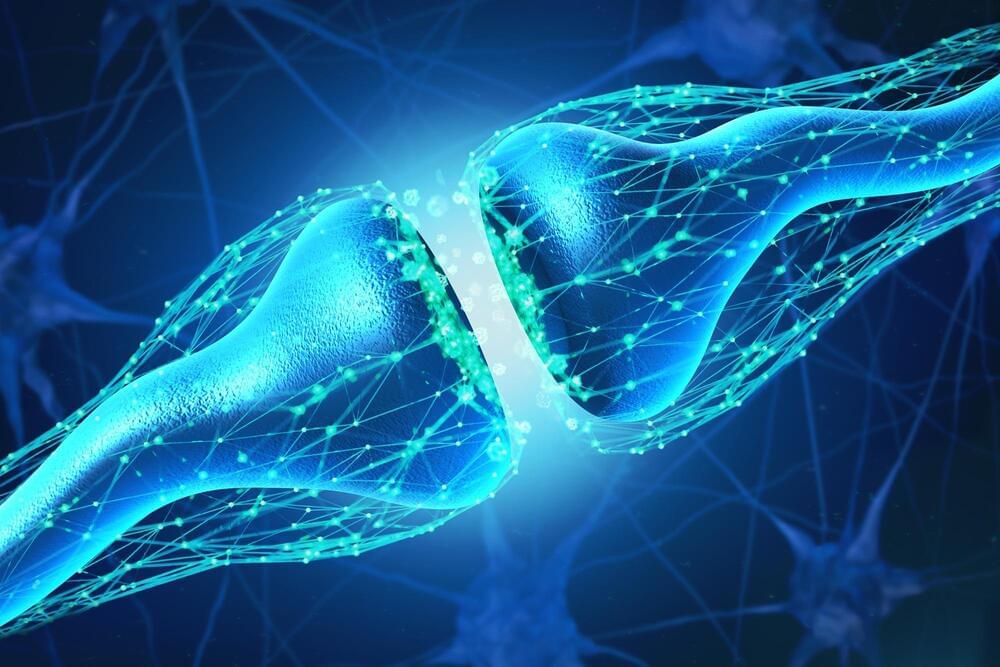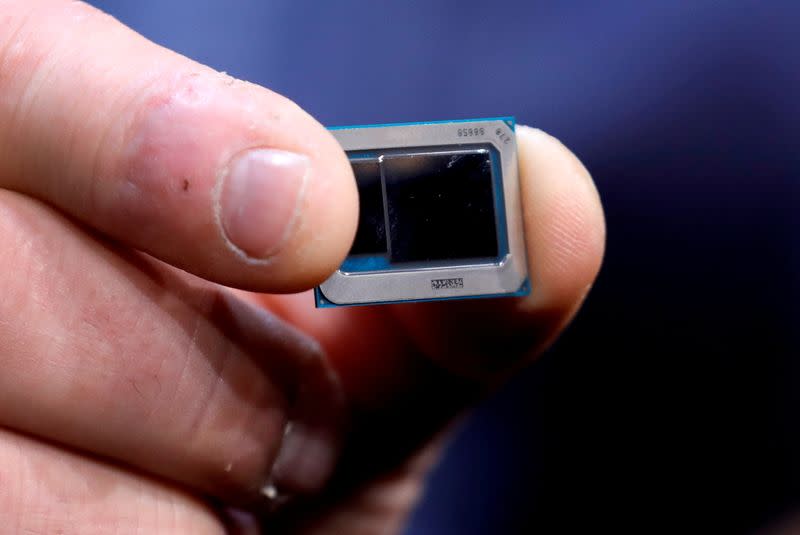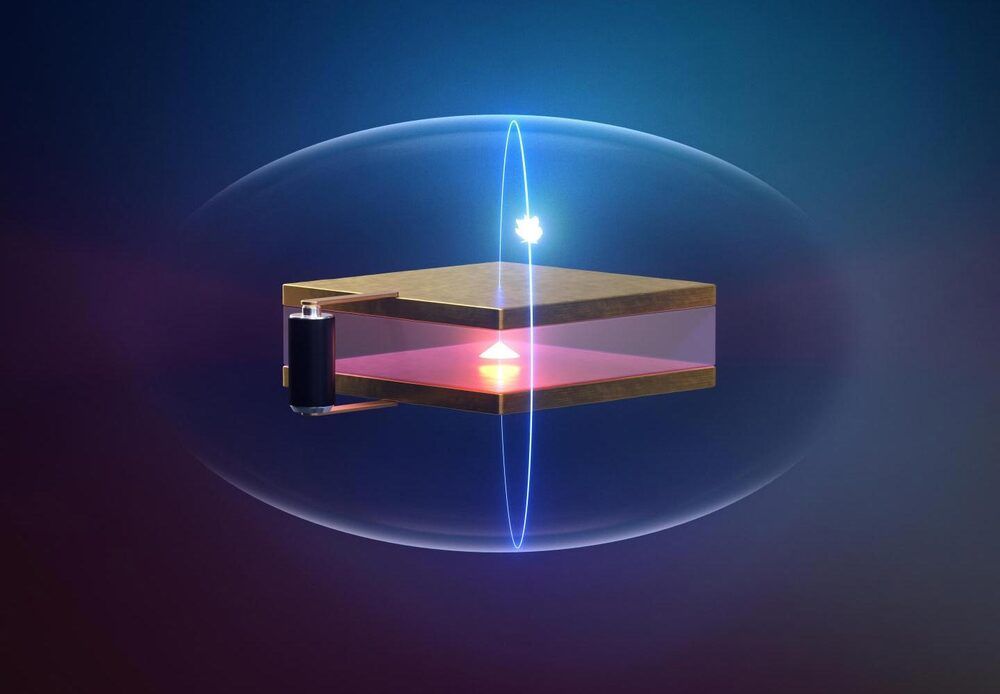Intel exploits the obvious hole in the Ryzen product stack.
Our encoding tests include benchmarks that respond best to single-threaded performance, like the quintessential LAME and FLAC examples, but the SVT-AV1 and SVT-HEVC tests represent a newer class of threaded encoders.
Intel’s Core i5-11400 takes the lead over its similarly-priced competitors in the LAME benchmark, while we see a near-tie across the board in FLAC. We see larger gains for the 11400 in the threaded SVT-AV1 and HEVC encoder tests, but only after we lifted the power limits and used a more powerful cooler.
Switching gears to HandBrake, which we test in both AVX-light x264 and AVX-heavy x265 flavors, shows that the Core i5-11400, again with the right cooler and lifted power limits, can beat the Ryzen 3000 chips. But the deltas are slim.






